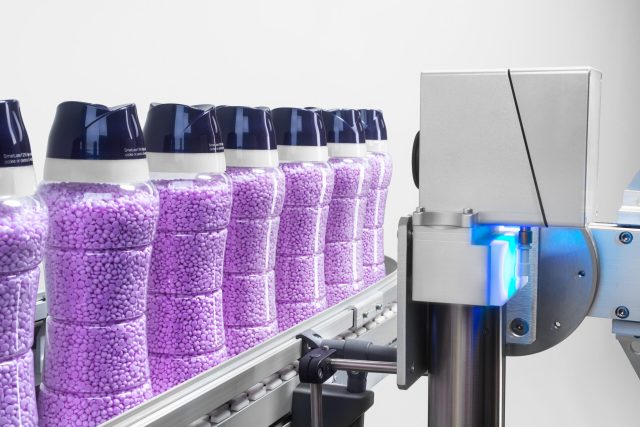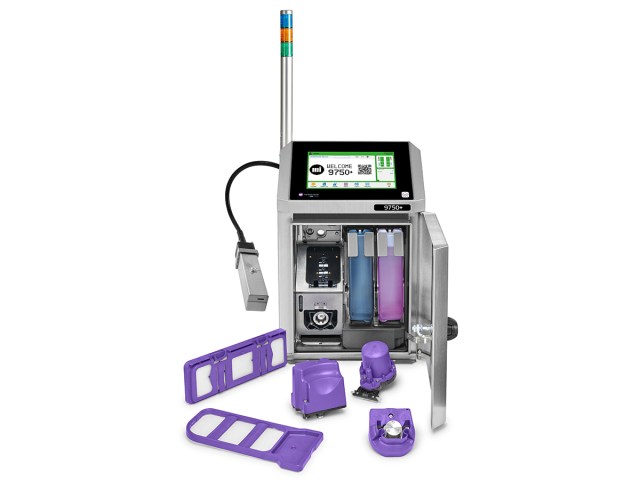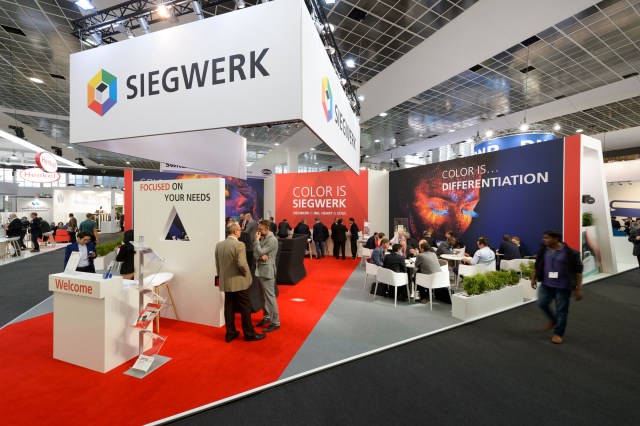
Following the launch of the 5940 G Touch Dry high-resolution inkjet coder in 2021, Markem-Imaje has launched white Touch Dry ink to market for its industry-leading 5940 G coder.
The new white ink enables customers to mark on dark substrates when black ink does not provide sufficient contrast and when light dye-based inks, such as yellow or orange, are not prominent.
The ink is a pigment-based white Touch Dry hot melt ink for industrial (non-food grade) applications.
It was developed for printing on film, but like all hot melt inks, it may be used on other substrates, such as black film, textiles, non-woven materials, coated corrugate and black re-usable plastic containers, subject to testing before production line roll-out.
With the 5940 G applicable for a broad range of substrates, since launch, it has been deployed by manufacturers including specialists in fresh produce, frozen foods, snack foods, dairy products, confectionery, wines and spirits, pet foods, breakfast and cereals, biscuits and cakes and meats.
Markem-Imaje marketing team leader Greg Kasprzak said, “The 5940 G has proven to be a hugely successful coder. This is in no small part thanks to its reliability across a wide spectrum of manufacturing needs, consistently delivering crisp codes on a huge range of secondary packaging, including corrugated.
“With the introduction of this new, white Touch Dry ink, an even greater range of coding applications are available to the end user, particularly where the end material poses challenges because it is dark in colour.”
The Markem-Imaje 5940 G features proprietary Touch Dry inks that instantly dry on contact. They are free of odours and volatile organic compounds (VOC), are safe to handle and minimize environmental impact. Touch Dry inks will not spread along corrugated fibres or lose resolution during the printing process.
The 5940 G also features a patented Intelli’Flow printhead technology that avoids nozzle blockages due to ink backsplash and dust build-up. It also features a filtering process that degasses the ink during printing. It keeps the jetting mechanism clean and clear, resulting in higher print quality, greater throughput, reduced maintenance, and less downtime.


